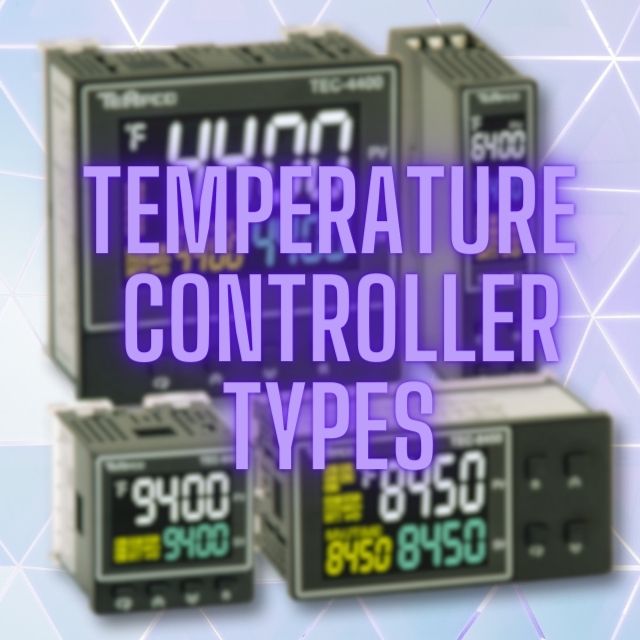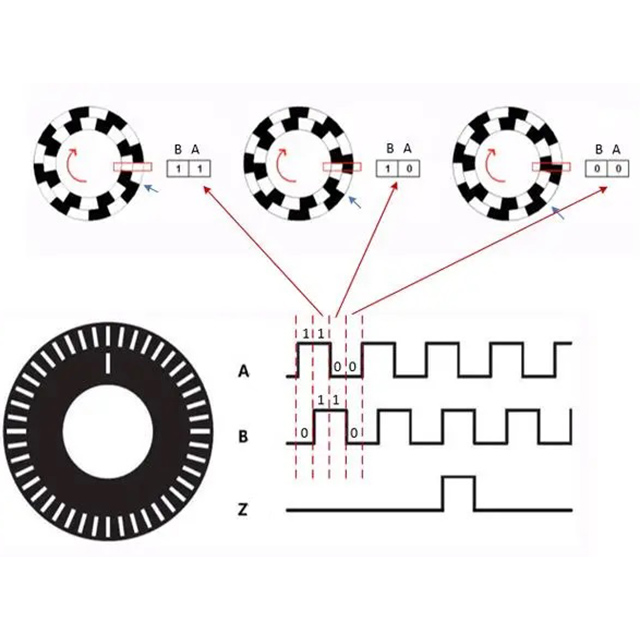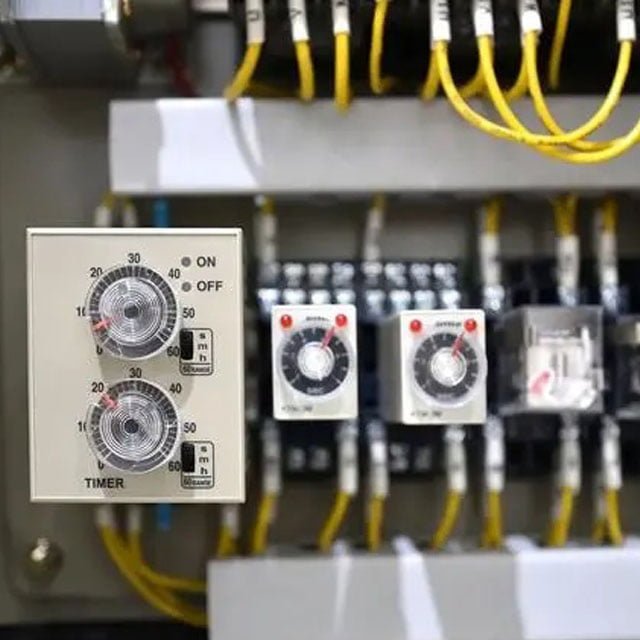Solid state relays (SSRs) have revolutionized the way we control electrical loads. SSRs offer numerous advantages over traditional relays and have become an indispensable component in a variety of applications. This article delves into the world of SSRs, highlighting their importance and widespread use.
Table of Contents
What is a solid state relay?
A solid state relay is an electronic switching device that opens or closes when a small external voltage is applied to its control terminals. Unlike electromechanical relays, which have moving parts, SSRs provide faster, noiseless operation and have a longer service life. Their ability to handle high frequencies makes them the first choice for many modern applications.
Main advantages of using solid state relays
SSR is known for its efficiency and effectiveness. They provide precise, high-speed switching capabilities to ensure equipment operates seamlessly. Additionally, since there are no moving parts, wear is minimal and the service life is long. This reliability is the cornerstone reason for its widespread adoption.
Solid state relay applications for different loads

- Heating elements: From commercial food processors to plastic injection molding and furnaces, the heatsing elements are required, the heating lements can be MoSi2, SiC and metallic heating elements, SSRs play a key role in ensuring precise temperature control.
- Motor starting: In applications such as pumps, compressors and conveying systems, SSR ensures smooth and efficient operation of motors.
- Lighting: From lighting up cities to creating movie theater ambience and ensuring visibility on airport runways, SSR is critical.
- Other loads: Power transformers, electromagnets, and switching power supplies also benefit from the efficiency of SSRs.
solid state relay applications in different industries
- Food and Beverage: SSR ensures food processing equipment operates efficiently and maintains product quality and safety.
- Railway Industry: From signaling to train operation, SSR is integral to the smooth functioning of railway functions.
- Plastic industry: SSR ensures precise temperature control during molding and extrusion processes.
- Packaging Industry: SSR facilitates efficient sealing, labeling and other packaging operations.
- Medical and Healthcare: Medical devices, especially those requiring precise temperature control, rely on solid-state relays.
- Electronics Industry: From consumer electronics to industrial machines, SSRs are everywhere.
- HVAC in buildings: For efficient heating, ventilation and air conditioning, SSR is essential.
Market trends and growth
The SSR market is booming. Currently worth billions of dollars, it is expected to grow exponentially in the coming years. This growth is being driven by surging demand for efficient electronic components and the advantages of SSRs over traditional relays.
FAQs
SSRs offer noiseless operation, faster switching, and have a longer lifespan due to the absence of moving parts.
SSRs are widely used in the food & beverage, railway, plastic, packaging, medical, electronics, and HVAC industries.
While SSRs are efficient, they might generate heat during operations and may require heat sinks.
Conclusion
There is no denying that solid state relays are shaping the future of electronic applications. Their efficiency, reliability and versatility make them the first choice across industries. As technology continues to advance, the role of SSR will become even more critical.




